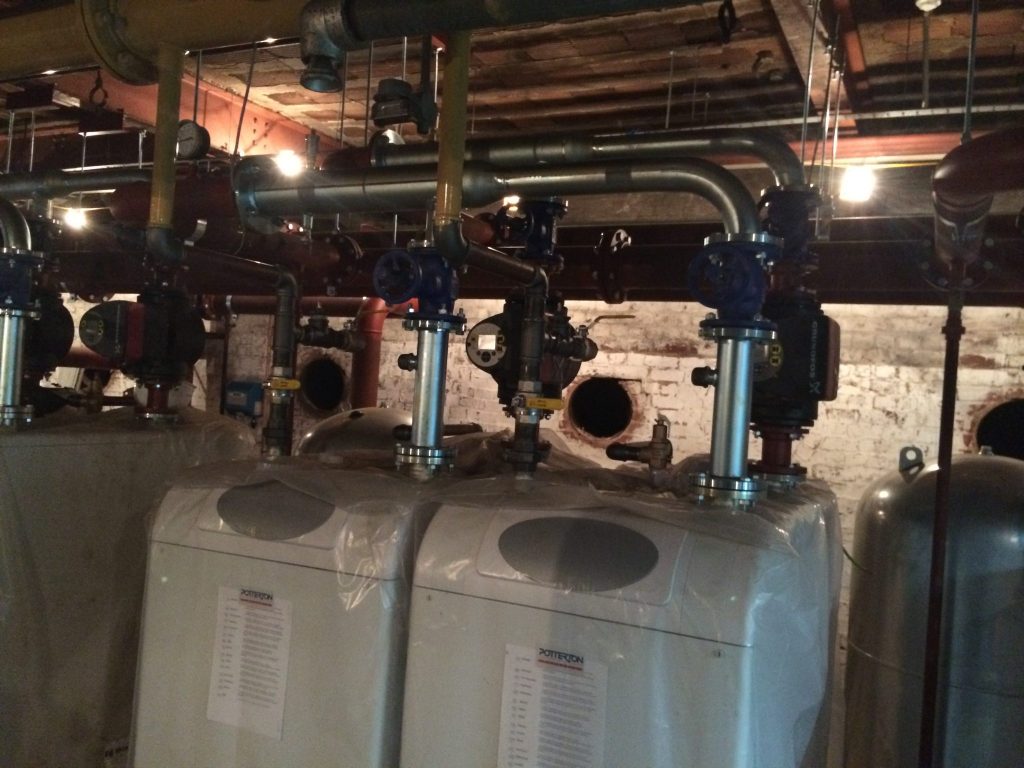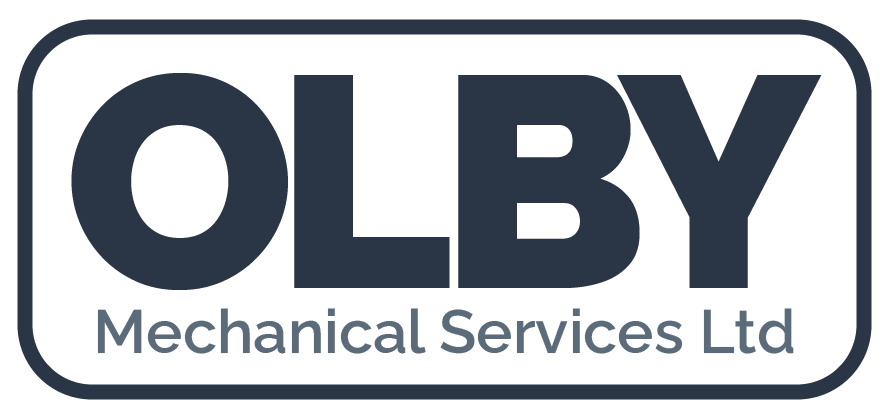HVAC stands for Heating, Ventilating and Air Conditioning. Therefore, a HVAC system consists of a unit that provides heating and cooling to commercial, industrial and residential premises. As well as this HVAC’s can circulate fresh air into buildings to dilute airborne contaminants such as fumes from cleaning chemicals and odours from occupants.
Heating:
The heating component of your property’s HVAC system is likely to be carried out by your furnace. Every central heating system consists of four vital components those being:
- A burner
- Heat exchanger
- Blower
- A flue
The process of brining heat to your property starts with the burner. The role of the burner is to deliver fuel to the heath exchanger when requested to by the thermostat. The heat exchanger then then draws air in and generates heat from the fuel and air. The heated air is then moved to the air distribution system where the blower is. The blower then distributes the heat over different areas of your property.
If you have a boiler based hating system, it works in a similar way to a gas-powered heating system as the heat is generated by heating water and then distributing this heat source via pipes in the radiators.
Ventilation:
A home ventilation system normally consists of vent pipes, a flue and an intake pipe. The intake pipe brings fresh air into the system to be used when heating and controlling the temperature of your house. Then the flue and vent pipe ensure this air is at a safe level for humans to breathe. This works by extracting harmful by-products and pumping it outside. This creates a balanced air-flow in your home and reducing the likelihood of it feeling ‘stuffy’.
Air Conditioning:
Air conditioning units have rose in popularity over the years due to their key advantages. One advantage of an air con system is the comfort it gives you in your home, especially in the summer months. It allows you to control the temperature of your home, allowing for added advantages such as easier sleeping in hotter weather.
Air conditioners are normally split or two-part systems with an outdoor unit consisting of a fan, condenser coil and electrical components. An air con system will also include an:
- Evaporator coil,
- Piping,
- Refrigerant,
- Ductwork
- And thermostat
These components work collectively to control the temperature of your home by creating a cool air flow. At a continuous rate the air conditioner pulls warm air into the unit at the same time as the refrigerant circulates between the in and outdoor units. The heat is then absorbed from the air and cooled before traveling back through the ductwork and being distributed into various area of your property.
It is important to choose the correct size HVAC System for your property. In these circumstances bigger doesn’t always mean better and it is important to choose a system that is no bigger than what your home needs. If you choose a system which is too large for your property, the system will complete cycles too quickly. This could lead to mould, rot and especially decreased comfort which is one of the main things a HVAC system is fitted to avoid.


